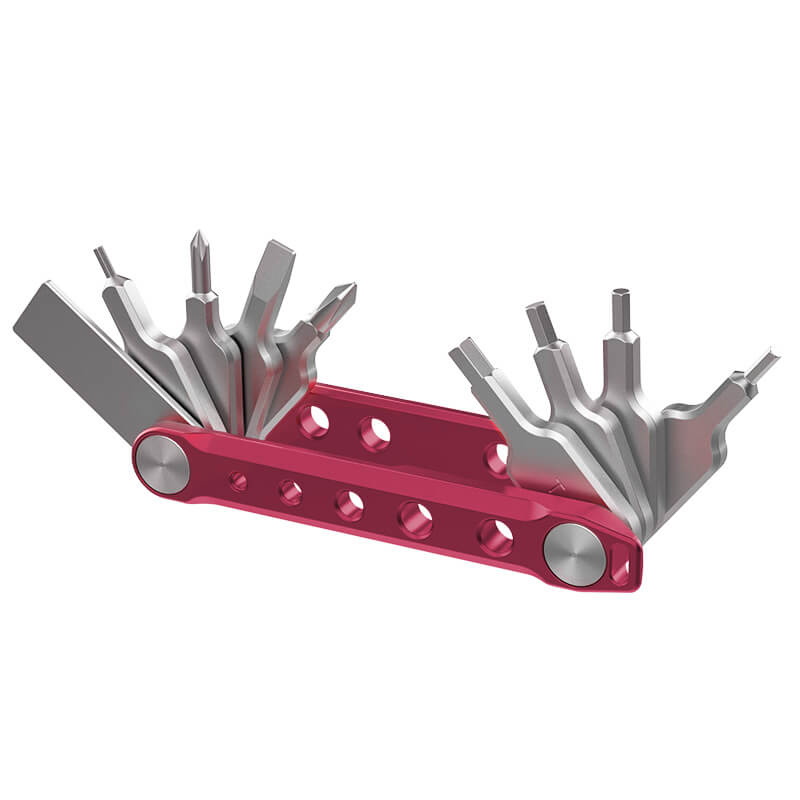Key Takeaways
Rotatable LED video lights are a smart choice for anyone looking to improve their video quality. They offer flexibility, creative control, and save you time during setup. Whether you're filming at home, in a studio, or on the go, these lights help you get the best results with less hassle.
If you want to make your videos look ten times better with just one piece of gear, get a good light. Rotatable LED lights are a top choice because you can point them anywhere. They give you that bright, professional look without the heat or hassle of older lights, which is why they have become a favorite tool for creators.
Rotatable vs. Fixed LED Video Lights: Key Differences for Video Recording
Choosing the right light can be confusing. Both fixed and rotatable LED video lights have their place, but they work differently.

Fixed LED Video Lights
At first glance, most LED lights might look similar, but how they adjust makes a huge difference. A standard, fixed LED light is straightforward: it shines straight ahead from its mount. To change the light's direction, you must physically move the entire stand. This process can be a real hassle, especially in tight spaces or when you need to make a very specific adjustment. Getting the angle just right often involves a lot of shuffling back and forth, which slows down your shoot and feels clumsy. It's a simple tool, but its lack of flexibility can be limiting.
Rotatable LED Video Lights
A rotatable led video light, on the other hand, offers a major upgrade in convenience and precision. The light panel sits on a built-in swivel and tilt mechanism. This allows you to aim the light up, down, left, or right, completely independent of the stand's position. Need to bounce light off the ceiling for a softer effect? Just tilt it up. Want to create a dramatic side light? Swivel it over. This effortless control is the key advantage. You can make tiny, precise changes in seconds, giving you complete command over your lighting setup.
💡Quick Comparison Table
| Feature | Fixed LED Video Lights | Rotatable LED Video Lights |
| Adjustability | Limited | High |
| Ease of Use | Less flexible | More flexible |
| Creative Lighting Options | Fewer | More |
| Setup Time | Longer | Shorter |

Why Choose Rotatable LED Video Lights for Video Quality?
Rotary LED video lights are no trivial investment. They offer real advantages that will make your videos appear more professional and save you time during shoots. Here's why so many creators are making the switch.
Flexibility and Quick Adjustments
You can just adjust the angle of a rotatable light to highlight different areas of your scene. No necessity to relocate the entire light stand or mess up your setup. It's a great assist if you're shooting by yourself or require quick changes between shots.
Improved Lighting Control
Rotatable lights allow you to direct the light exactly where you need it. You can prevent unsightly shadows, fill in dark areas, or achieve dramatic effects simply by rotating the light head. This kind of control is difficult to achieve with fixed lights.
More Creative Options
Want to experiment with side lighting, backlighting, or even top-down lighting? It's easy with rotating LED video lights. You can try different looks without the need for additional equipment purchases or wasting time relocating them.
Saves Time and Effort
Since you can easily have such direct control over light direction, you waste less time on setup and more time shooting. It comes in particularly handy for live streams, interviews, or any scenario where you need to make fast adjustments.
Ideal Scenarios for Using Rotatable LED Video Lights

Rotatable LED video lights shine in a variety of circumstances. The most typical scenarios in which they make a big difference are as follows.
Vlogging and Live Streaming
If you're recording yourself, you may have to switch between lights or angles as you move. Rotation lights allow you to do that in a flash, so you always appear fantastic on camera.
Interviews and Multi-Person Shoots
It is challenging to light more than one individual. With rotatable lights, it is simple to adjust the angle easily so that everyone is properly lit, even if they are not in the same locations.
Product Videos and Photography
Highlighting the features of a product usually involves highlighting various textures or angles. Rotating lights allow you to achieve this without rebuilding your entire setup.
Outdoor and On-the-Go Filming
In case you are working outside or in different places, you need gear that is easy to adjust. The majority of rotatable LED video lights are lightweight and portable, making them perfect for shooting while moving.
How to Choose the Right Rotatable LED Video Light
There are lots of options out there, and the right video light choice depends on your needs. Here are the key features to consider.
Rotation & Tilt Range
First, check the rotation and tilt range. A light that can swivel a full 360 degrees and tilt at least 180 degrees gives you complete freedom to aim the beam exactly where you need it, from bouncing it off the ceiling to pointing it straight down.
Bi-Color vs. RGB
A bi-color light lets you adjust the temperature of the white light, from a cool, crisp daylight to a warm, cozy indoor tone - perfect for making your subject look natural in any environment. An RGB light does that too, but also gives you access to millions of colors for creative effects, like casting a blue or pink hue on your background.
Brightness & Power
Brightness is measured in Lux or Lumens—higher numbers mean more power. Think about where you'll be shooting. A battery-powered light offers portability, while a wall-powered one gives you unlimited runtime for studio work.
Color Rendering Index (CRI)
This is a crucial specification. Always get a light with a CRI of 95 or higher. This guarantees that skin tones and product colors will look true-to-life on camera.
Build Quality & Mount
Lastly, inspect the build quality and mount. A sturdy metal body will outlast a plastic one, and a reliable mount ensures your light stays put without drooping during a shoot.
Usage Tips for Rotatable LED Video Lights

It will require some practice to get the most out of your rotatable LED video lights. The following tips are some practical suggestions to begin with to achieve excellent results.
- Begin with key light positioning. Your key light is your main source of light. Utilize the rotatable feature to achieve the most complementary angle for your subject's face. A 45-degree angle from the front is a good starting point.
- Experiment with angles. Attempt to place the light at the side or above your subject for various appearances. Side lighting can appear dramatic, while top-down lighting will look more natural.
- Adjust color temperature. If your light permits, experiment with color temperature to suit your setting. Warm colors are perfect for cozy scenes, while cold colors can appear more contemporary.
- Use diffusers for more gentle light. Hard light will produce deep shadows and will make individuals appear fatigued. Attach a diffuser or utilize a softbox to spread the light more evenly.
- Keep the rotating part clean. Dust and dirt will make the rotation stiff after a while. Wipe the moving parts occasionally to keep everything moving freely.
Taking Control with Rotatable LED Video Lighting
Stop fighting with grainy footage and awkward shadows. A rotatable LED light puts you in the director's chair, giving you full control over how your videos look and feel. It's a simple tool that delivers a clean, professional polish to everything you shoot. If you're ready to look like a pro, better lighting is where you start!
FAQs About Rotatable LED Video Lights
Q: Can I use rotatable LED video lights outside?
Absolutely. Many rotatable LEDs are portable and run on batteries, so you aren't tied to a wall outlet. For outdoor shoots, look for a sturdy build that can handle being moved around.
Q: Are rotatable LED lights hard to set up?
Not at all. Most are designed to be very user-friendly, even if you're new to lighting. You typically just screw the light onto a standard stand, connect the power cord or snap in a battery, and then aim it where you need it.
Q: How do I avoid harsh shadows with these lights?
To get rid of harsh shadows, use the rotation feature to find the best angle. You can also bounce the light off a white wall or ceiling. For the best results, use a diffuser or a softbox attachment to spread the light out evenly.
Q: Do I need more than one rotatable LED light?
One light is great for simple setups or vlogging. But for a more polished look, using two or three is better. A multi-light setup lets you use one as your main (key) light, another to fill in shadows (fill light), and a third to separate your subject from the background.
Q: How long do rotatable LED video lights last?
LEDs are built to last. Most are rated for 30,000 to 50,000 hours of use, which can easily translate to many years of filming, so you won't need to replace them often.






